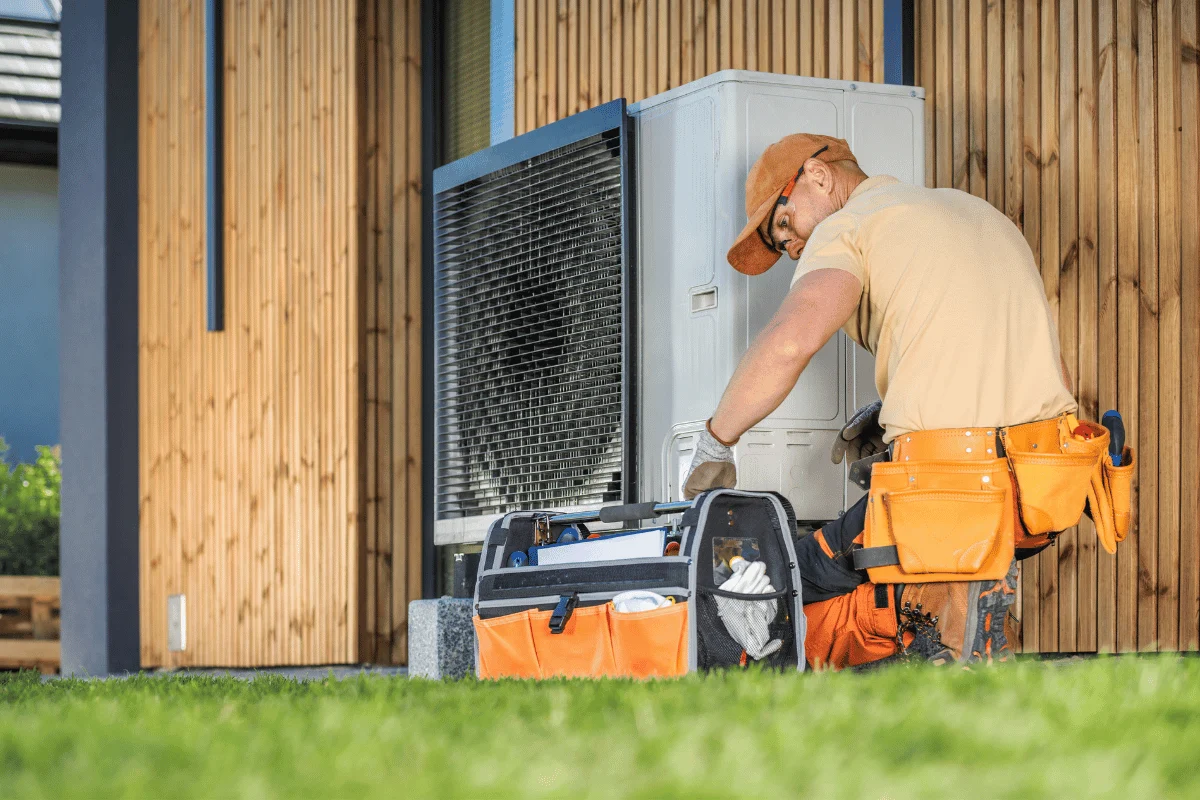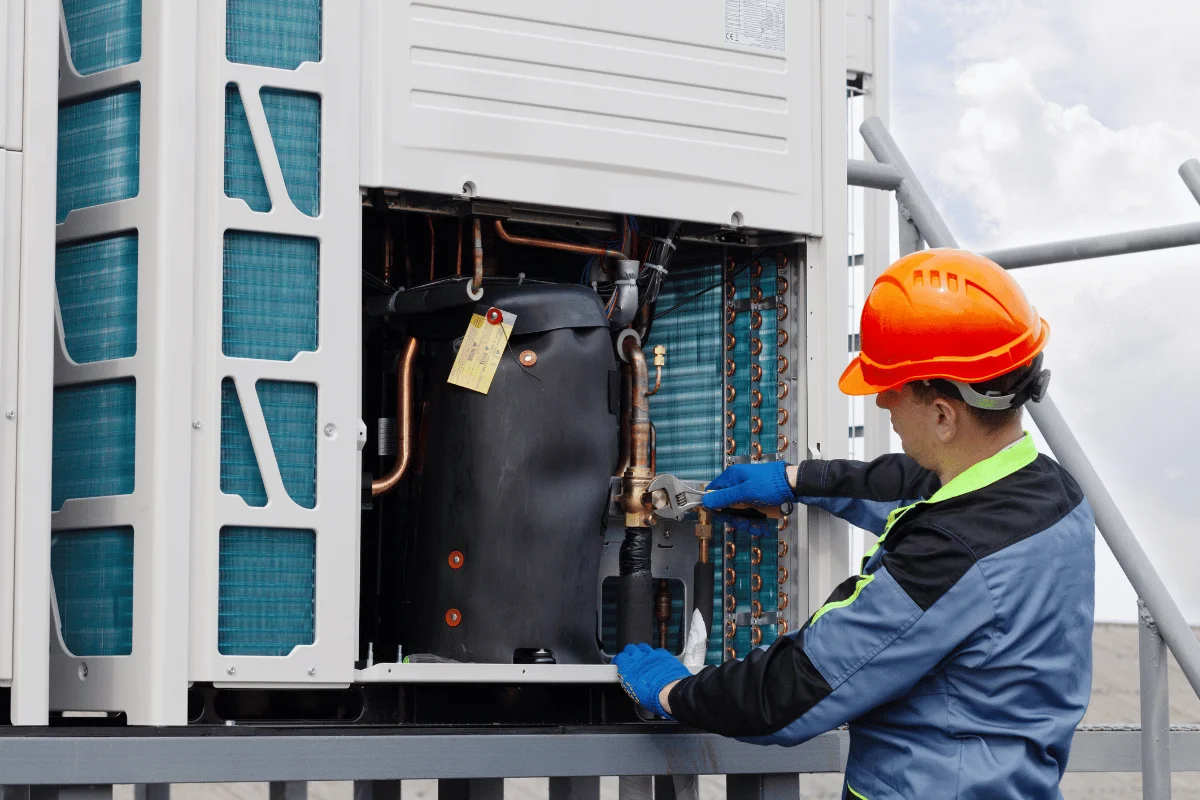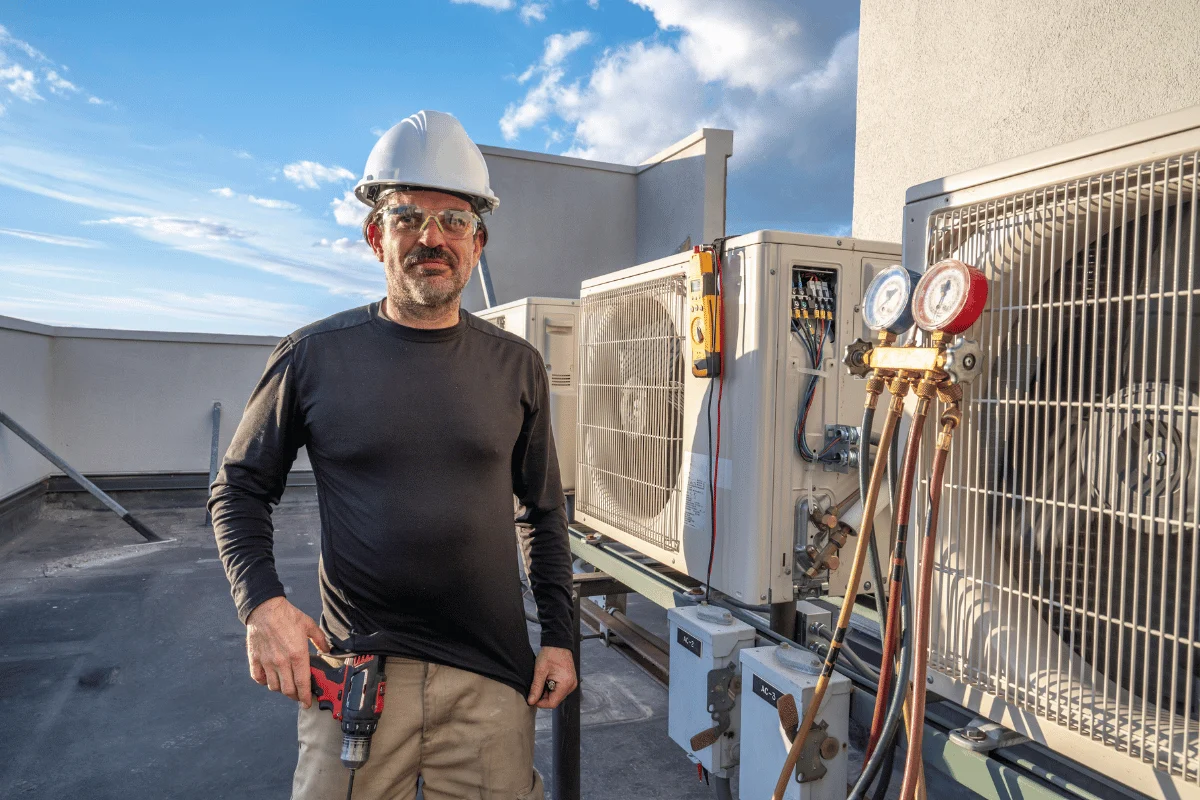Improving indoor air quality through proper ventilation is crucial for maintaining a healthy living environment. Here’s a detailed guide on how to achieve better air quality by focusing on effective ventilation practices:
1. Understand the Importance of Ventilation
- Reduces Pollutants: Proper ventilation helps to dilute and remove indoor pollutants, such as dust, allergens, volatile organic compounds (VOCs), and carbon dioxide. This is especially important in homes with limited natural airflow.
- Controls Humidity: Adequate ventilation helps regulate indoor humidity levels, reducing the risk of mold growth and dust mites, which thrive in damp environments.
- Improves Comfort: Fresh air circulation makes indoor spaces more comfortable by reducing stuffiness and promoting a balanced temperature.
2. Types of Ventilation
- Natural Ventilation: Utilize windows, doors, and vents to allow outdoor air to flow inside. Position windows opposite each other to create a cross-breeze, enhancing airflow.
- Mechanical Ventilation: This includes exhaust fans, whole-house fans, and HVAC systems designed to circulate air and remove stale indoor air. Consider upgrading to energy-efficient models with HEPA filters to trap airborne particles.
- Hybrid Ventilation: Combine natural and mechanical methods for optimal results. For instance, use ceiling fans along with open windows to boost air circulation, or complement HVAC systems with natural airflow when weather permits.
3. Proper Use of Ventilation Systems
- Regular Maintenance: Ensure your HVAC system, including filters, ducts, and vents, is regularly cleaned and maintained. Replace filters as recommended to maintain efficiency and air quality.
- Use Exhaust Fans: Install and regularly use exhaust fans in kitchens, bathrooms, and laundry rooms. These areas are prone to excess moisture and pollutants, and exhaust fans help in venting out humid air and odors.
- Whole-House Ventilation Systems: Consider installing a whole-house ventilation system that provides controlled ventilation. These systems balance the incoming fresh air with the expulsion of stale air, maintaining air quality throughout the home.
4. Maximize Fresh Air Intake
- Open Windows and Doors: Whenever possible, open windows and doors to allow fresh air in, especially during activities like cooking or cleaning, which generate indoor pollutants.
- Air Purifiers with Ventilation: Use air purifiers that complement your ventilation efforts. Choose models with activated carbon filters or UV light technology to further reduce pollutants.
5. Consider Climate and Season
- Adjust Ventilation Based on Weather: In warmer months, natural ventilation through open windows may suffice. In colder months, rely more on mechanical ventilation while ensuring that humidifiers and dehumidifiers are used appropriately to manage moisture levels.
- Sealing and Insulation: While ventilation is crucial, sealing gaps and properly insulating your home ensures that your efforts aren’t compromised by drafts or unfiltered air.
6. Implement an Air Quality Monitoring System
- Track Air Quality Levels: Use indoor air quality monitors to track pollutants, humidity, and carbon dioxide levels. These devices provide real-time data, helping you adjust ventilation practices as needed.
- Smart Ventilation Systems: Consider smart ventilation systems that adjust airflow automatically based on air quality readings. These systems ensure continuous, optimal indoor air quality.
Conclusion
By focusing on proper ventilation, you can significantly enhance indoor air quality. Regular maintenance of ventilation systems, maximizing fresh air intake, and monitoring air quality are key steps to ensure a healthier and more comfortable living space.





